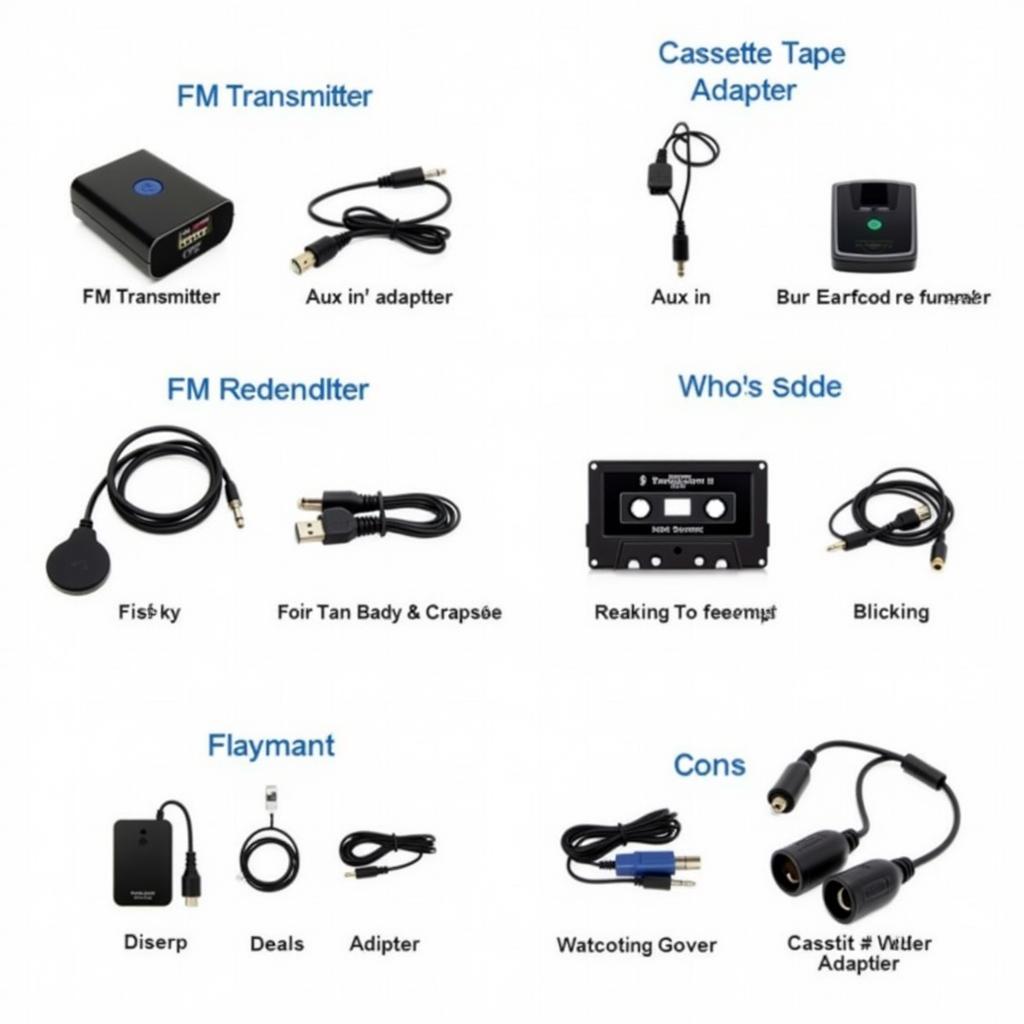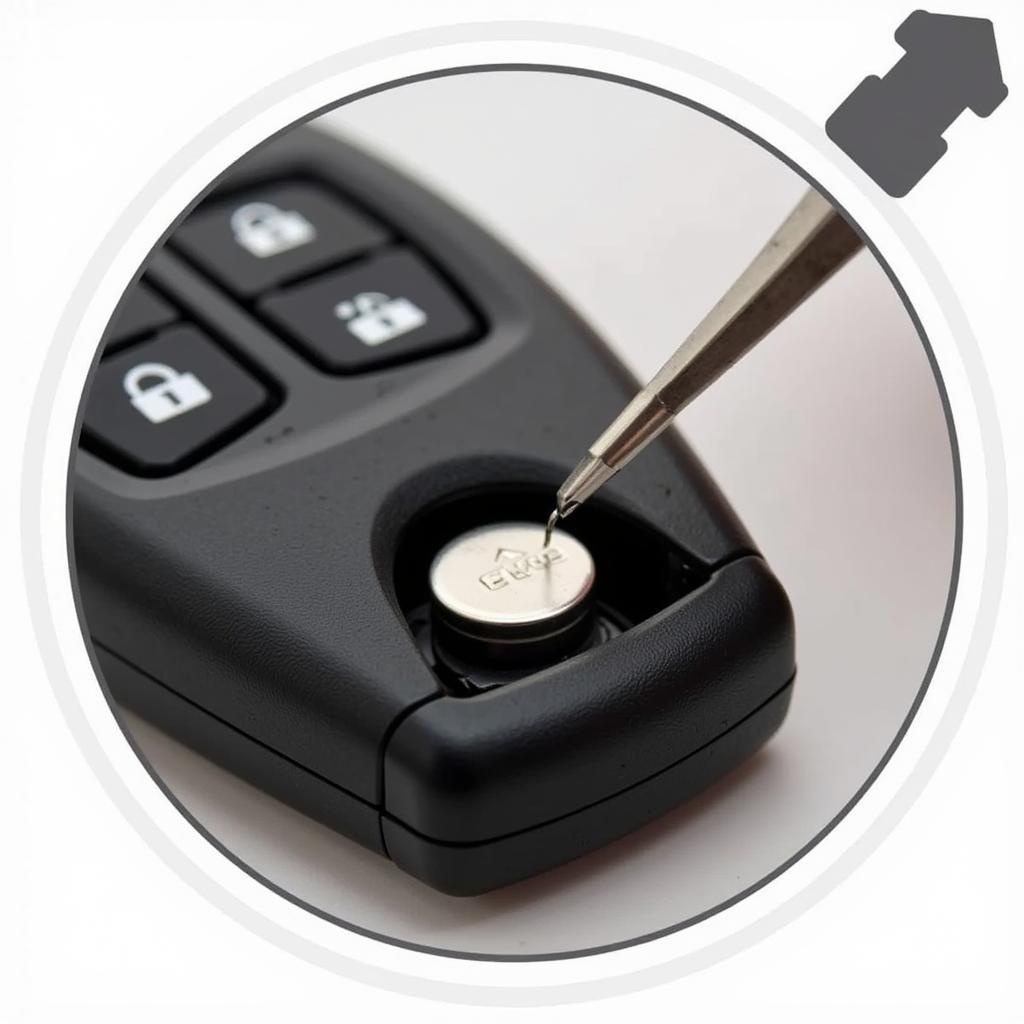Your Kia’s brake warning light can be a cause for concern, signaling a potential issue with your braking system. This light can illuminate for various reasons, ranging from a minor inconvenience to a serious safety hazard. Understanding the possible causes and appropriate troubleshooting steps can help you address the problem effectively and ensure your vehicle’s safety.
Common Causes of Kia Brake Warning Light
The brake warning light on your Kia typically indicates a problem with the braking system. Some of the most common causes include:
1. Low Brake Fluid
Low brake fluid is one of the most frequent reasons for the brake warning light to come on. Brake fluid is essential for hydraulic braking systems, and its level can decrease due to leaks, wear and tear on brake components, or simply evaporation over time.
Here’s what to do:
- Check your brake fluid level: The brake fluid reservoir is usually located under the hood. Look for a transparent container with markings indicating the minimum and maximum fluid levels.
- Top off the fluid: If the fluid level is low, carefully add brake fluid to the reservoir, ensuring you use the correct type recommended for your vehicle.
- Inspect for leaks: After adding brake fluid, check for any leaks or drips around the brake lines, calipers, master cylinder, or wheel cylinders.
Expert Tip:
“Always use the recommended type of brake fluid for your Kia model. Using the wrong type can damage your braking system and compromise its performance,” advises [Expert Name], a certified automotive technician.
2. Brake Pad Wear
Worn brake pads are another common cause of the brake warning light. As brake pads wear down, the sensors embedded in them trigger the warning light to alert you that they need to be replaced.
What to do:
- Inspect your brake pads: Check the thickness of your brake pads using a caliper or measuring tool. Consult your owner’s manual for the minimum thickness specifications for your vehicle.
- Replace worn brake pads: If your brake pads are worn below the minimum thickness, it’s crucial to replace them as soon as possible.
3. Faulty Brake Light Switch
The brake light switch is a small, electrical component that activates your brake lights when you press the brake pedal. If this switch malfunctions, it can trigger the brake warning light.
What to do:
- Inspect the brake light switch: The switch is typically located on the brake pedal assembly. Look for any visible damage or signs of wear.
- Replace the switch: If the switch is faulty, it will need to be replaced. A qualified mechanic can assist you with this repair.
4. Electronic Parking Brake Issues
Modern Kia vehicles often feature electronic parking brakes (EPB), which can also trigger the brake warning light if there’s a malfunction. Common issues include:
- EPB engaged: The EPB may be accidentally engaged, preventing the car from moving.
- EPB failure: The EPB system itself could malfunction, leading to an inability to engage or release the parking brake.
- Low EPB battery: The EPB relies on a battery to function properly, and a low battery can cause the warning light to illuminate.
What to do:
- Check the EPB status: Make sure the EPB is disengaged by pressing the EPB release button.
- Inspect the EPB system: A qualified technician can diagnose and repair any EPB issues.
5. ABS System Malfunction
The Anti-lock Braking System (ABS) is designed to prevent wheel lockup during braking. If the ABS system malfunctions, the brake warning light may come on.
What to do:
- Consult a mechanic: An ABS system malfunction requires specialized diagnostic equipment. It’s essential to consult a qualified mechanic for diagnosis and repair.
How to Troubleshoot a Kia Brake Warning Light
Here’s a step-by-step guide to troubleshoot your Kia’s brake warning light:
- Check the brake fluid level: As mentioned earlier, low brake fluid is a common cause for the warning light.
- Inspect the brake pads: Check for excessive wear or damage to the brake pads.
- Test the brake lights: Ensure all your brake lights are functioning correctly.
- Examine the brake lines: Look for any visible leaks or damage in the brake lines.
- Check the brake light switch: Inspect the brake light switch for any issues.
- Assess the EPB system: Make sure the EPB is disengaged and functioning correctly.
When to See a Mechanic
If you’ve checked the brake fluid level and the warning light remains on, it’s best to consult a mechanic for professional diagnosis and repair.
Expert Tip:
“Ignoring the brake warning light can be dangerous. It’s always better to be safe than sorry. A qualified mechanic can properly diagnose the issue and ensure your brakes are working properly,” says [Expert Name].
FAQs
Q: What does the brake warning light look like?
A: The brake warning light is typically a red circle with an exclamation point inside. It’s located on the instrument panel and usually illuminates when you start your vehicle.
Q: How do I check the brake fluid level?
A: Locate the brake fluid reservoir, which is usually under the hood. It’s a transparent container with markings for the minimum and maximum fluid levels.
Q: Is it safe to drive with the brake warning light on?
A: It’s not recommended to drive with the brake warning light on, as it could indicate a serious problem with your braking system. If the light comes on, pull over to a safe location and have the issue diagnosed as soon as possible.
Q: How often should I check my brake pads?
A: It’s recommended to check your brake pads every 6 months or 6,000 miles. You can also consult your owner’s manual for specific recommendations.
Q: Can I replace the brake pads myself?
A: While you can replace brake pads yourself, it requires some mechanical knowledge and experience. If you’re not comfortable doing it yourself, it’s best to consult a mechanic for professional assistance.
Q: How much does it cost to fix a brake warning light?
A: The cost of repairing a brake warning light can vary depending on the cause. It’s best to get a quote from a qualified mechanic to determine the specific costs.


